GreenBlue is pleased to announce Alisha Dakon has joined the team as the Information Systems Associate. Alisha has a degree in journalism and is currently pursuing her Master of Arts in Educational Technology Leadership from George Washington University.
Tell us about your background. Where did you spend your formative years and where did you go to school?
I grew up in Charlotte, North Carolina and, for as long as I can remember, I wanted to be a teacher. I endeavored after this goal by enrolling in the music education program at Appalachian State University in Boone, North Carolina on violin and piano (where I also learned to play the tenor steel drum). Out of curiosity, I joined ASU’s student newspaper and unexpectedly became passionate about journalism. I soon discovered I was captivated by the variety, stories, photography, graphic design, and creative freedoms of the communications field. Eventually, I changed majors and graduated from ASU in 2009 with a Bachelor of Science in Communication, Journalism with a minor in music. After graduating, I moved to Roanoke, Virginia with my husband where we later welcomed our imaginative, spunky, and loving daughter who has rounded out our happy family of three. While living in Roanoke, I was employed at a law firm for five years and then a healthcare provider for two years. In January 2017, I was accepted into the online program for a Master of Arts in Education and Human Development in Education Technology Leadership at George Washington University to focus on instructional design and e-learning. In the summer of 2017, we took a leap and moved to Charlottesville, Virginia for my husband’s job. It has been an easy transition and we absolutely love exploring this new place we call home!
What inspired you to work in the sustainability field?
As with law and healthcare, I do not have any formal background in the area of sustainability but find it fascinating and I am excited to learn more! As a typical consumer, I want to do my part to be responsible and help our environment so future generations, like my daughter, are not burdened with the disregard of how human actions impact our planet. I feel joining GreenBlue is the perfect opportunity to educate myself so I can also set a good example for others.
What do you hope to achieve at GreenBlue?
I hope to support the GreenBlue mission by blazing new trails! In particular, I am thrilled to discover how intensely GreenBlue encourages innovation and collaboration to inspire effective change in the field of sustainability. Specifically, I look forward to building pathways and products that facilitate the sharing of information, implementing emerging technologies to push the envelope of the status quo, and finding ways to make system processes both more efficient and productive so we have more time to do great work. It is an awesome adventure to be a part of!
What do you like to do in your spare time?
I enjoy spending most of my spare time with my husband and daughter. Since moving to Charlottesville, our family has joined a karate studio and we are each dedicated to earning our black belt at the end of our anticipated three-year journey. After family, I spend a lot of time drinking coffee while studying, exploring, and researching for my graduate degree. As we settle into our new surroundings, we look forward to learning more about Charlottesville and how we can give back to this great community!
Happiness is…
Playing with my daughter and making her laugh is happiness in a nutshell! After that, my personal philosophy for happiness embodies a quote by Albert Einstein, who said, “I have no special talents. I am only naturally curious.” I definitely look forward to each new day as a chance to openly acknowledge there is so much I don’t know and how very exciting it is to wake up in anticipation of all there is to learn. Last but not least, I also hope for the opportunity to help someone else and it’s an added bonus if I can apply what I’ve learned while doing so!
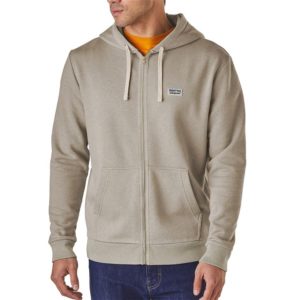
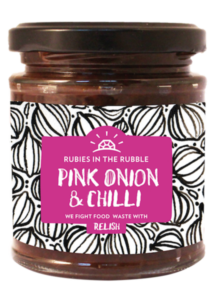 Started in 2011 by Jenny Dawson Costa,
Started in 2011 by Jenny Dawson Costa, 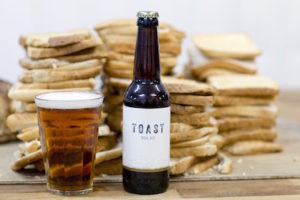 Founded by Tristram Stuart, mastermind behind renowned British food waste organization FeedBack,
Founded by Tristram Stuart, mastermind behind renowned British food waste organization FeedBack,  Regrained: Eat Beer.
Regrained: Eat Beer. Misfit Juicery
Misfit Juicery CommonWealth Kitchen’s Mighty Muffin
CommonWealth Kitchen’s Mighty Muffin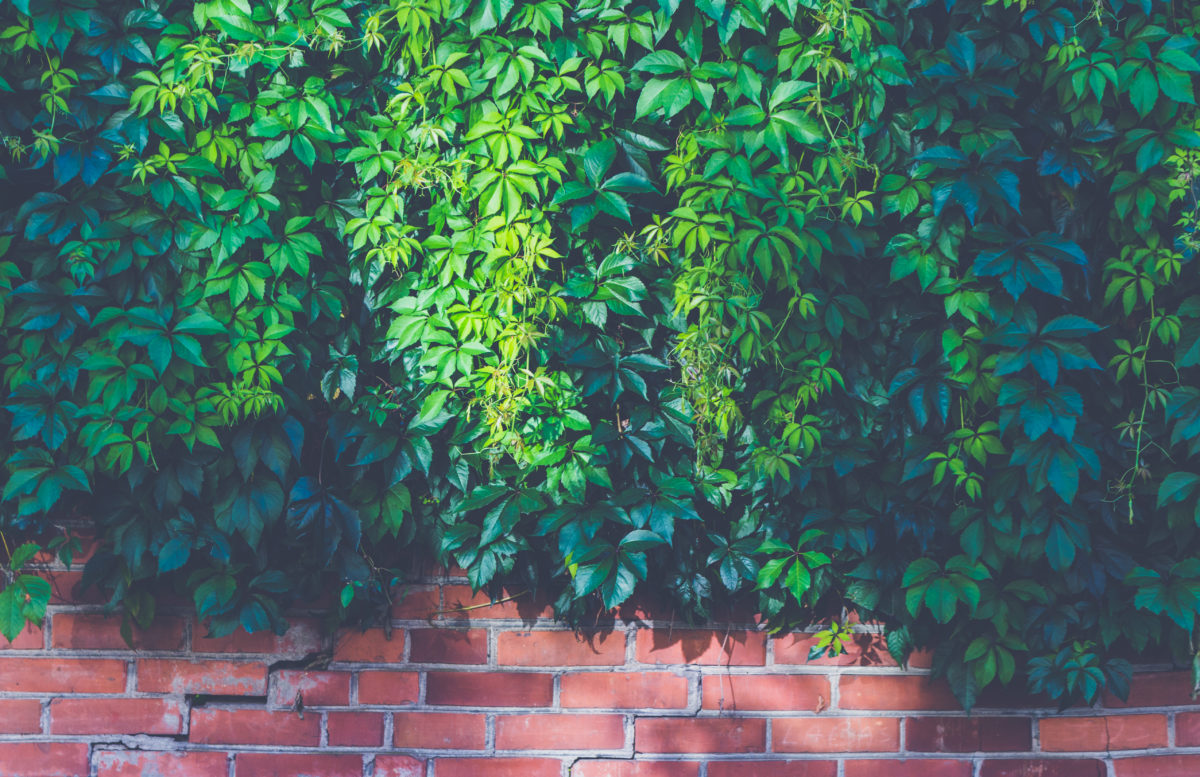
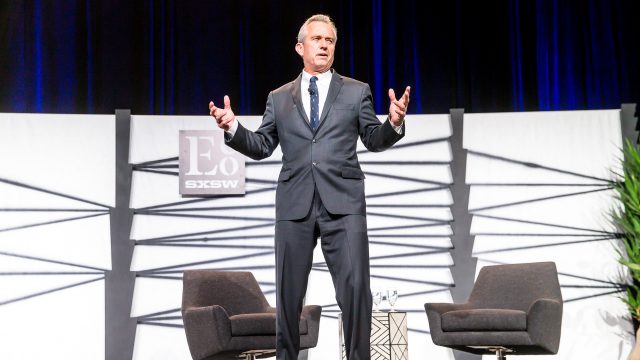
 “Wherever you see the large scale environmental injury, you’ll also see the subversion of democracy, the corruption of public officials, the capture of political agencies that are supposed to protect all Americans from pollution,” Kennedy said.
“Wherever you see the large scale environmental injury, you’ll also see the subversion of democracy, the corruption of public officials, the capture of political agencies that are supposed to protect all Americans from pollution,” Kennedy said.
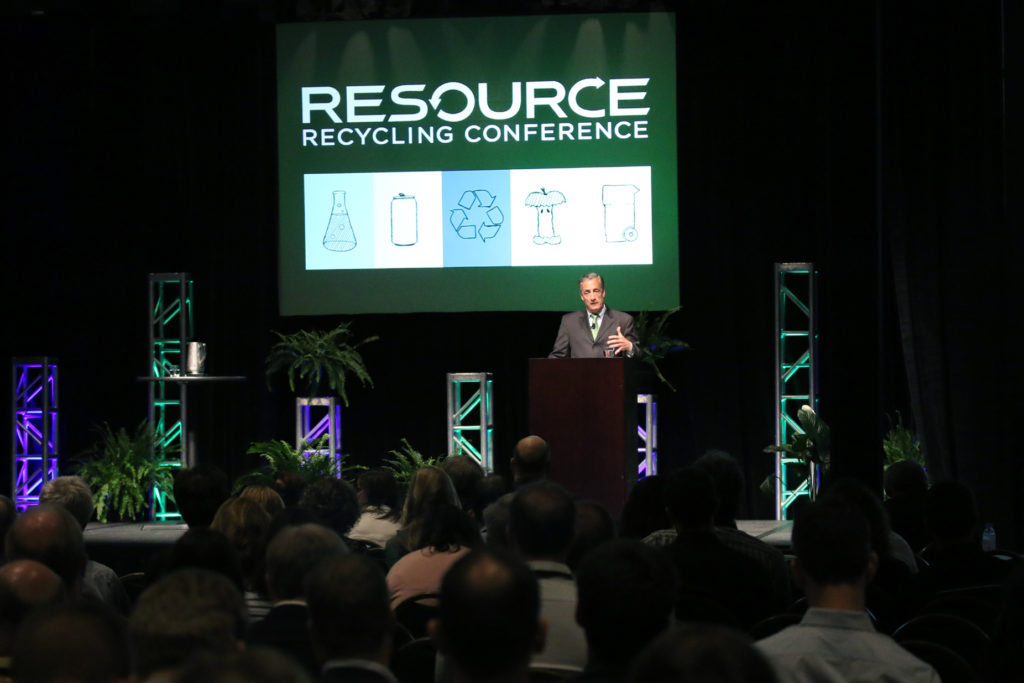
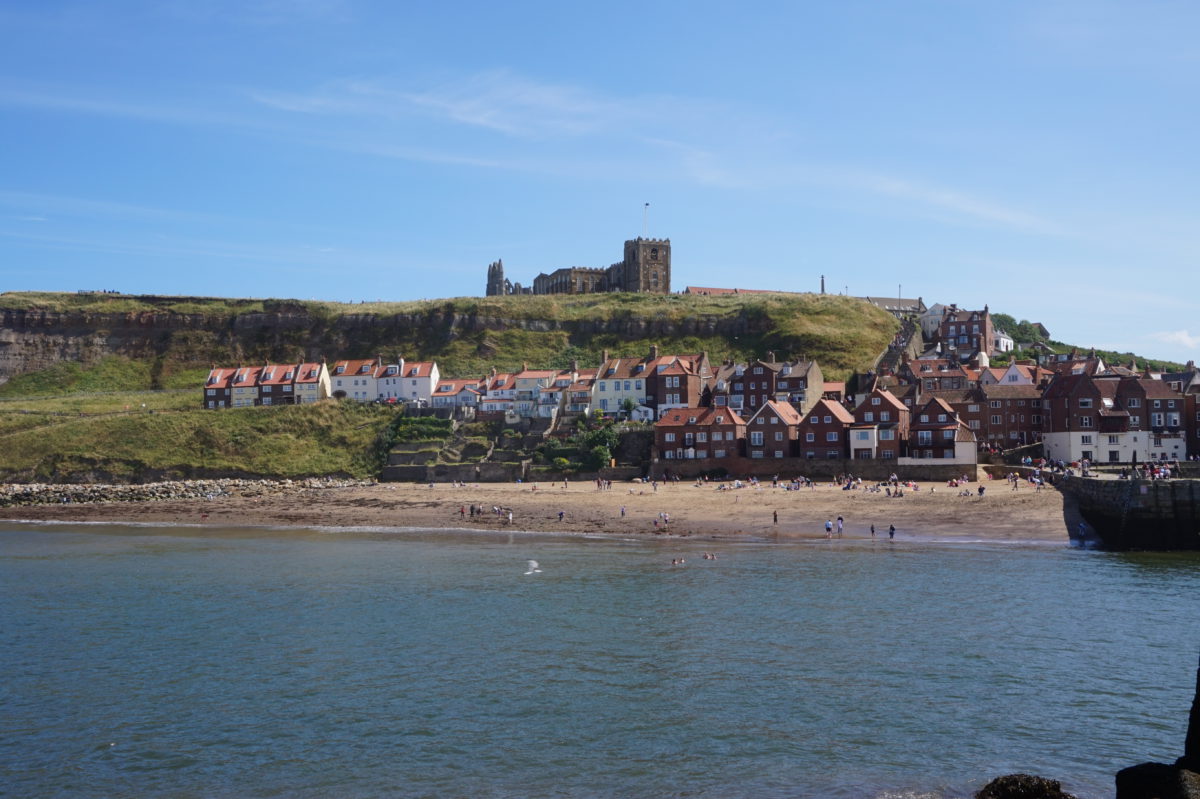
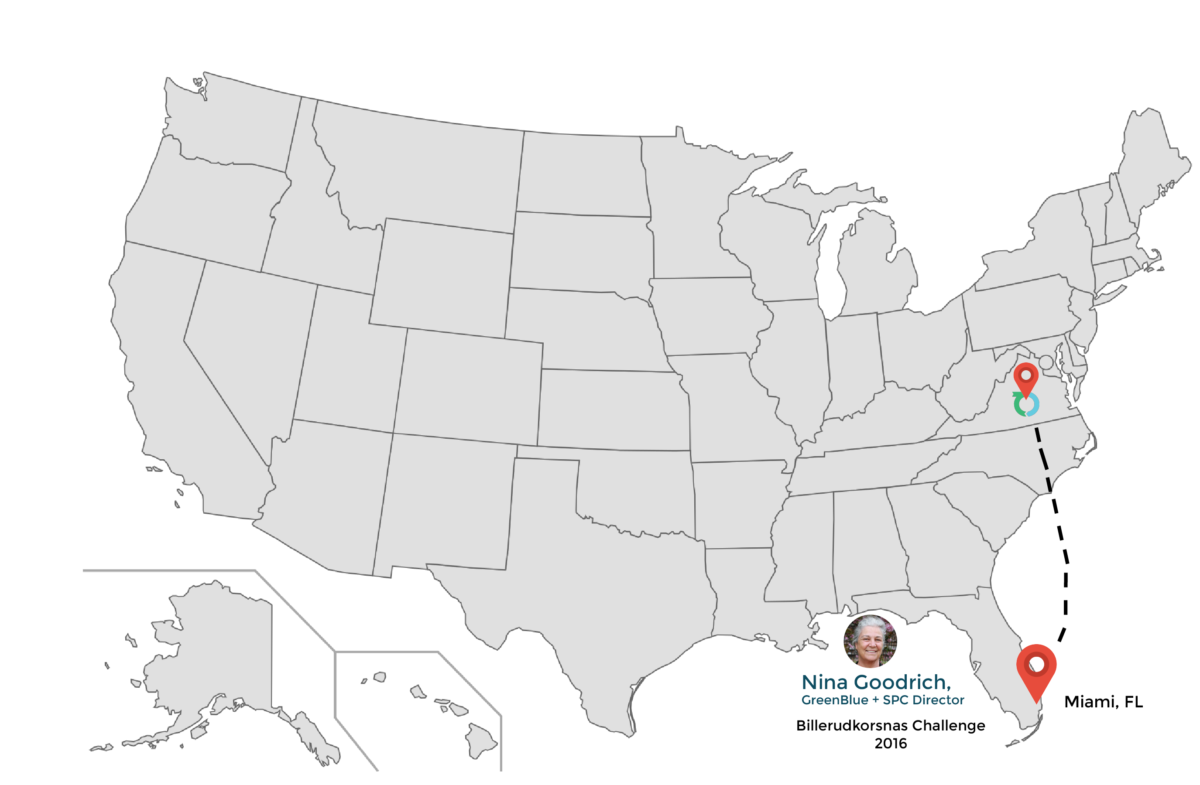

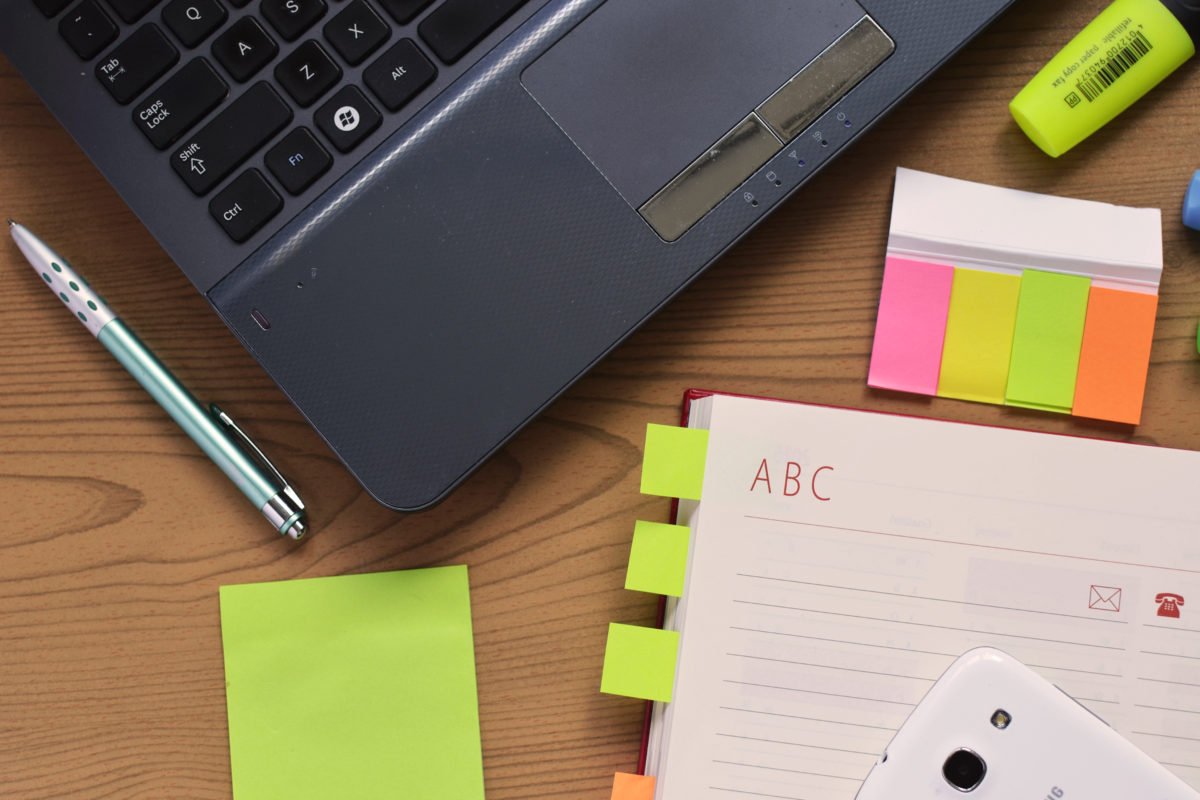
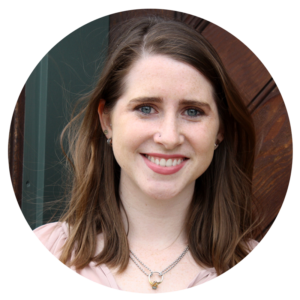 This spring, Caroline Cox joins the GreenBlue team as a project associate focused on the How2Recycle program. Caroline comes to GreenBlue from the Hampton Roads, VA area. Learn more about Caroline in the interview below.
This spring, Caroline Cox joins the GreenBlue team as a project associate focused on the How2Recycle program. Caroline comes to GreenBlue from the Hampton Roads, VA area. Learn more about Caroline in the interview below.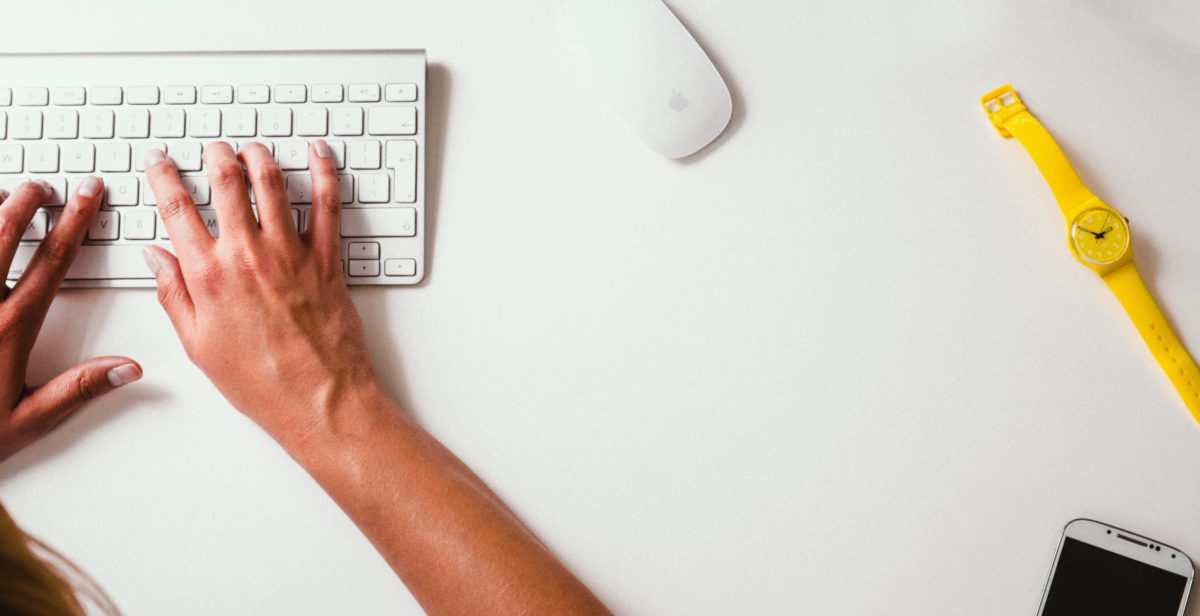
 This spring, Elizabeth Ritch joins the GreenBlue team as a project associate focused on the CleanGredients program. Elizabeth comes to GreenBlue from Ramboll Environ. Learn more about Elizabeth in the interview below.
This spring, Elizabeth Ritch joins the GreenBlue team as a project associate focused on the CleanGredients program. Elizabeth comes to GreenBlue from Ramboll Environ. Learn more about Elizabeth in the interview below.
